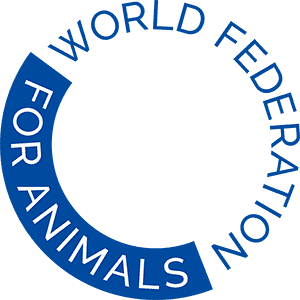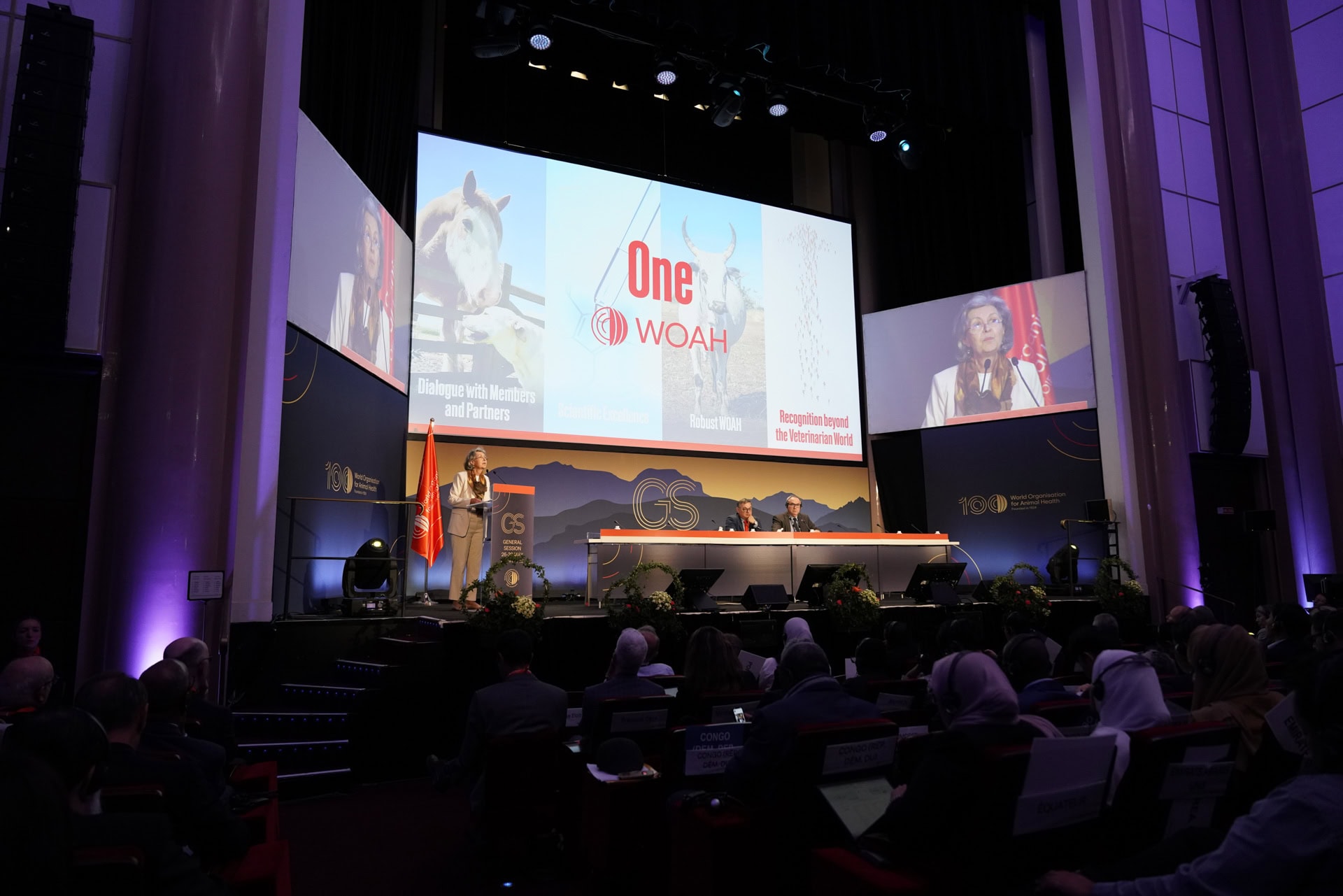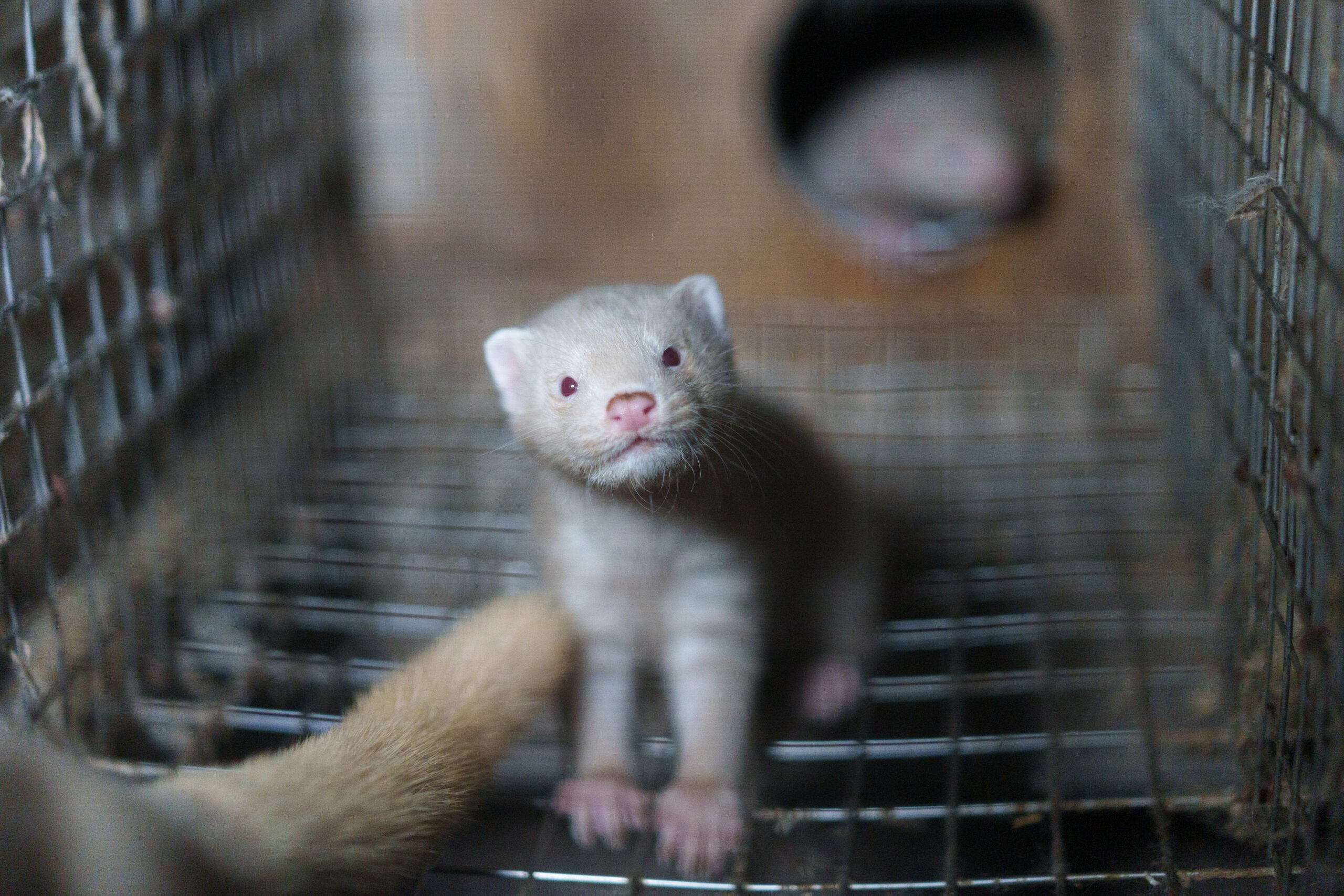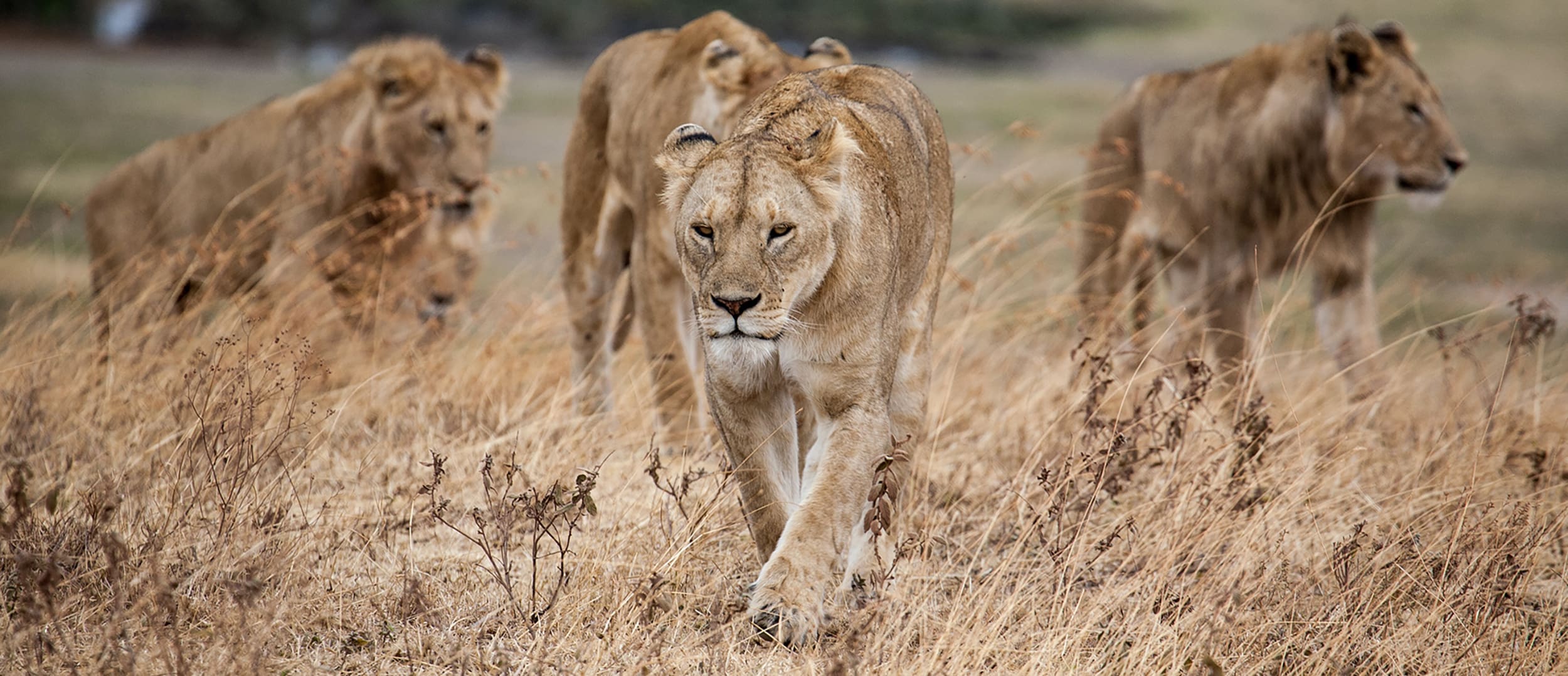Antimicrobial resistance (AMR) is a growing threat to public health. It refers to the ability of bacteria, viruses, fungi, and parasites to resist the effects of antimicrobial drugs. If left unchecked, the burgeoning use of antimicrobials risks leading to unprecedented human and animal deaths and massive economic losses. Studies estimate that without action, AMR could result in up to 10 million deaths per year and US$100 trillion in economic losses by 2050.
Globally, 70 percent of all antimicrobials are used in farm animals, with an over 50 percent increase in use projected between 2013 and 2030. A significant portion of these are vital in human medicine.
To meet the growing demand for animal products, farmers employ industrial production systems where animals are typically confined in limited spaces and stressful living conditions, compromising their health and welfare and making them more susceptible to diseases. With an aim to reduce growth time and prevent disease outbreaks, farmers administer antimicrobials as prophylaxis and growth promoters to whole herds or flocks of healthy animals.
Such indiscriminate use of antimicrobials can result in gene mutations leading to the emergence of bacteria, viruses, fungi, and parasites resistant to antimicrobials in animals, further leading to a lack of response of such animals to treatment regimes. These bacteria, viruses, fungi, and parasites can then be transmitted to humans through the environment, food, or direct contact, undermining the efficacy of antimicrobials in human medicine.
The overuse of antimicrobials worldwide is a major concern that has prompted the United Nations and international organisations such as the World Health Organization (WHO), and the Quadripartite with the Food and Agriculture Organization, the World Organisation for Animal Health (WOAH), and the UN Environment Programme to call on governments to regulate and control the widespread use of antimicrobials in food-producing animals.
The situation in India, my country and one of the leading producers and exporters of livestock products, is no exception to this trend.
India is the largest producer of milk, the third largest producer of eggs after China and the USA, and the fourth largest producer of chicken after China, Brazil, and the USA. The aquaculture sector in India has seen tremendous growth over the past decade. There is a massive demand for aquaculture products such as shrimps and freshwater prawns in Europe and USA, which are big markets for Indian aquaculture products. The increased demand for animal products has led to a surge in intensive farming methods in India, exacerbating antimicrobial use.
A non-profit organisation in India conducted a study on soil and litter samples taken from poultry farms in states with high poultry production. The study revealed the use of antibiotics in these farms and the utilisation of poultry litter in nearby agricultural farms. The bacteria isolates obtained from the samples were tested for resistance against various generations of antibiotics. Shockingly, the study found that three of the bacteria isolates were resistant to multiple drugs, including some fourth-generation antibiotics that are typically used as a last resort in hospitals to treat humans.
The misuse of antimicrobials is not limited to the poultry sector. A very rapid expansion of the shrimp export market in India has become a challenge to control the use of antimicrobials. Concerns for possible overuse have even led the European Union to tighten imports from India, increasing sample testing from 10 to 50 percent. US regulators have rejected some Indian shipments after detecting antibiotics.
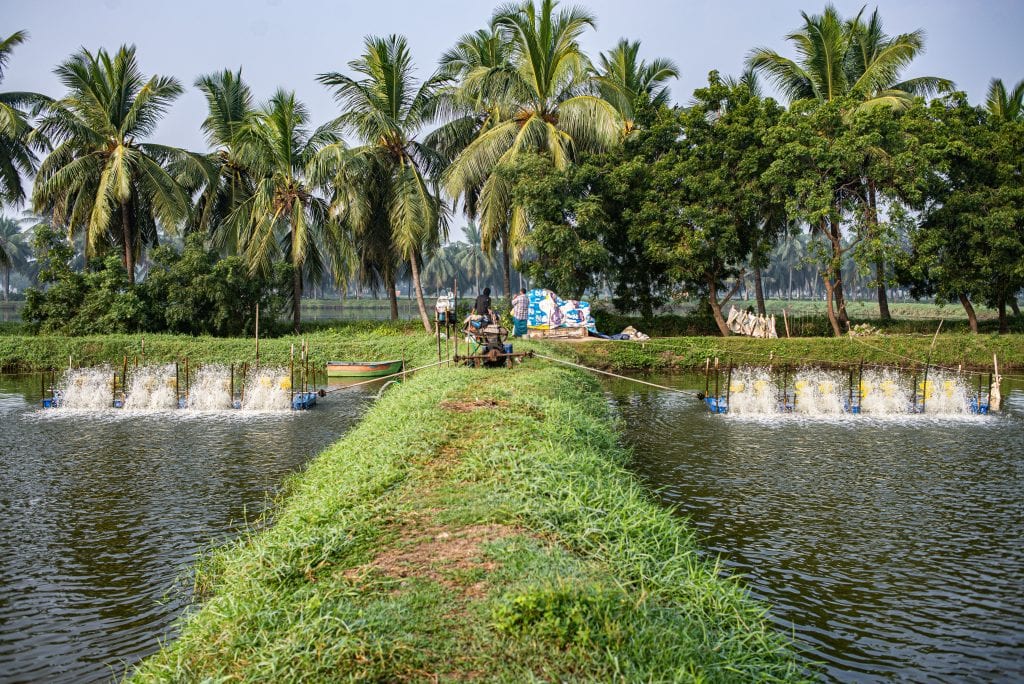
Credit: S. Chakrabarti / We Animals Media
Indian authorities have recognised that the irrational use of antimicrobials is a matter of grave concern, for health and financial reasons, and have attempted to restrict its usage. In 2007, the Bureau of Indian Standards recommended phasing out the systemic use of antibiotics in the poultry industry in five years. Then, in 2014, the Department of Animal Husbandry, Dairying and Fisheries requested state governments to use antibiotics judiciously and also advised mixing antibiotics in animal feed. In 2017, the Indian government launched a National Action Plan to tackle antimicrobial resistance through education, training, and capacity building. It has since banned dozens of antibiotics in aquaculture.
Curbing antimicrobial use everywhere
In the last two decades, countries have made efforts to increase surveillance around the use and sale of antimicrobials. Denmark led the way by releasing the Danish Integrated Antimicrobial Resistance Monitoring and Research Program (DANMAP) in 1996. In 2011, the European Medicines Agency’s European Surveillance of Veterinary Consumption Group (ESVAC) published a joint report on antimicrobial sales data for eight countries, including the Czech Republic, Denmark, Finland, France, the Netherlands, Norway, Sweden, and the UK.
China, which is the largest consumer of antimicrobials, has also put in numerous efforts to curb the use of antibiotics in food animals. In 2002, China prohibited a number of veterinary drugs for use in food animals. Additionally, it introduced a three-year work plan (2018-2021) to reduce the use of antimicrobials for veterinary purposes. Also in Asia, Japan established a reporting system, the Japanese Veterinary Antimicrobial Resistance Monitoring System, with data from the year 2000.
The WHO has also issued international guidelines on the use of medically important antimicrobials in food-producing animals with a strongly recommended overall reduction in such use. And in 2016, WOAH published a strategy to combat AMR.
Despite these efforts, much work remains to be done to reign in the overuse of antimicrobials. Gaps in policies, and the questionable implementation of existing ones, have allowed antimicrobials to still be heavily used in food-producing terrestrial and aquatic animal production systems, contributing to the spread of AMR. Evidence shows that AMR in animals can produce microbes that pose a serious threat to human health making it imperative to establish stricter policies on the buying, selling, and use of antimicrobials. The use of antimicrobials critical to humans should be prohibited for animal treatment purposes. Additionally, awareness-raising efforts among farmers, veterinarians, para-veterinary service providers, and farm owners must be implemented to promote responsible antimicrobial usage. Banning the use of antibiotics as growth promoters is another necessary step that can significantly reduce usage in farms. Overall, stewardship in AMR is essential in mitigating threats emerging from indiscriminate antimicrobial usage, and governments must cease investing in and subsidising industrial farming systems that require routine antimicrobial use. The clock is ticking, and urgent action is necessary to prevent another pandemic, this time of antimicrobial resistance.
